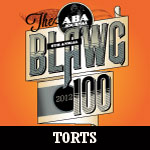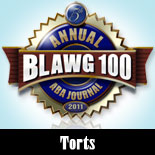The $4 Million Dollar Exercise Ball?
If you are an exercise ball manufacturer, you may not be overly concerned about huge damages arising from a defective product. What’s the worst that could happen? Perhaps a ball explodes and someone falls a short distance to the ground (which might also be padded itself)? Generally, this litigation is not of the “bet the company lawsuit” variety, of course, the injured person and Plaintiff is an NBA basketball player with a $6 million annual salary. As we previously noted, that very scenario happened in California, and it resulted in a hefty, confidential settlement.
According to a lawsuit filed by both the Sacramento Kings and forward Francisco Garcia, Garcia was balancing on an exercise ball while simultaneously lifting two 90 pound weights. Thereupon, the ball allegedly burst, and he fell to the ground. Garcia suffered a right arm fracture and missed four months of the NBA season. The Kings paid Garcia nearly $4 million during the off time.
The ball at issue was manufactured by Ledraplastic. The lawsuit alleges such balls were warranted to withstand 600 pounds and to be “burst resistant.”
The Kings alleged that Ledraplastic breach of the manufacturer’s warranty and sought over $4 million in damages for Garcia’s salary. Garcia sought an unspecified amount of damages for pain and suffering, along with reduced future earning capacity. Not surprisingly, this case settled out of court and the financial terms of the settlement are undisclosed.
We would have liked to see this one litigate a bit further, actually. New reports did not indicate how much discovery was conducted, but we wonder if Garcia was deposed. How often had he used the ball while simultaneously lifting weights? Where did he get the idea that the ball could withstand both him and the free weights? Was there literature suggesting that such usage was appropriate and safe? What warnings were in play? These issues were obviously a part of the suit (or at least the settlement negotiations), as the Sacramento Bee reported:
As part of the agreement to keep the financial terms of the settlement secret, Ledraplastic, an Italian firm, agreed to circulate a letter informing and reminding all distributors that Gymnic fit balls should be used with only body weight and never with weights, and advising distributors to forward the letter to customers.
Interesting. If a similar accident occurs in the future, we suspect those letters will be further litigated. We’ll see.

















